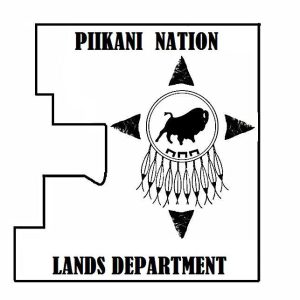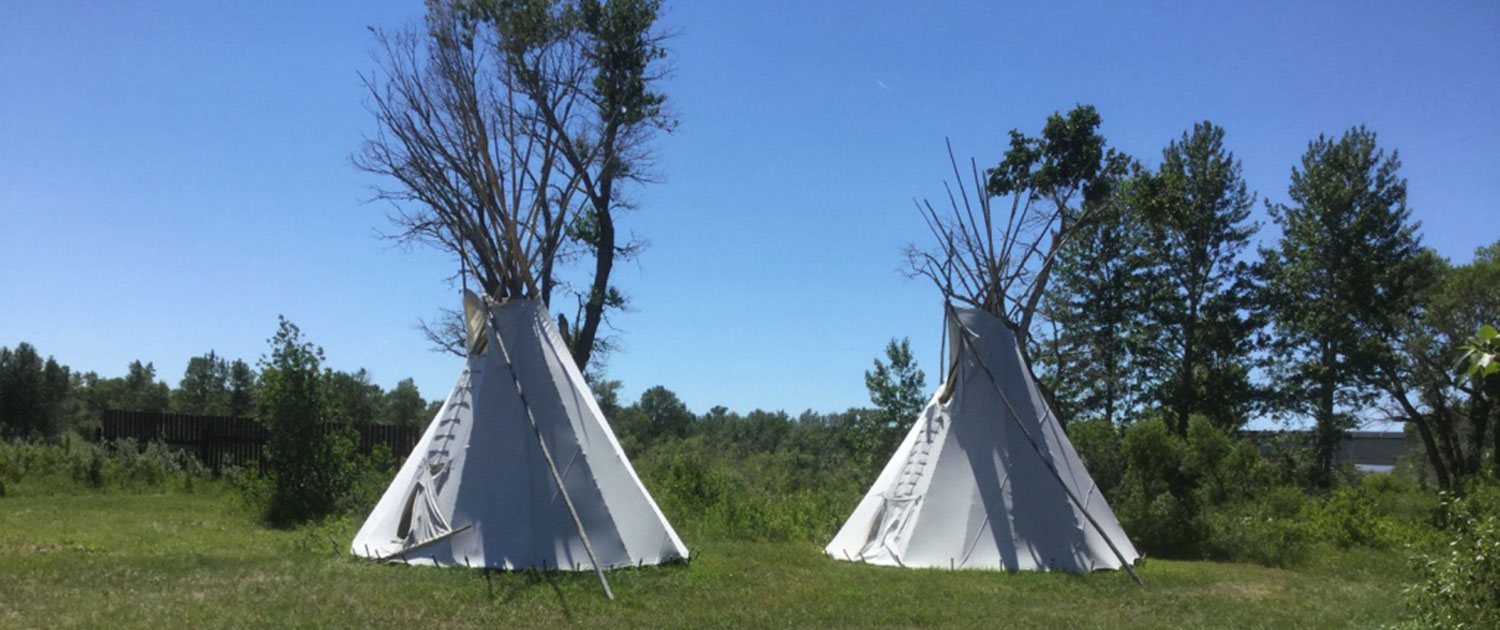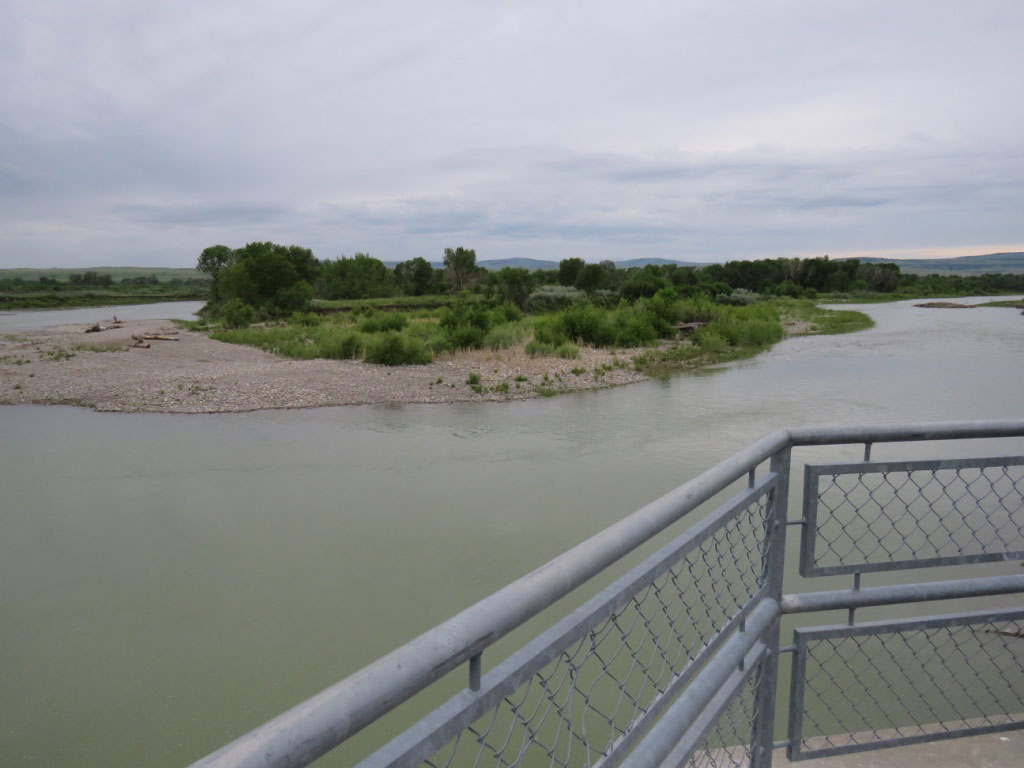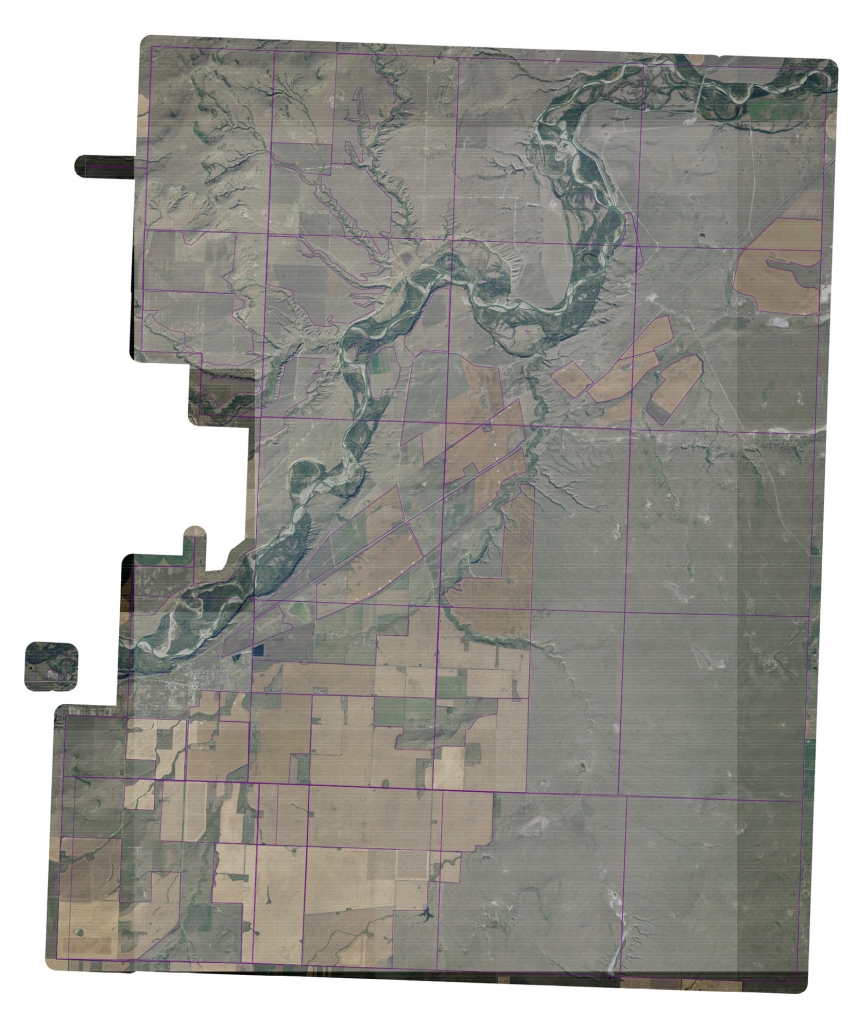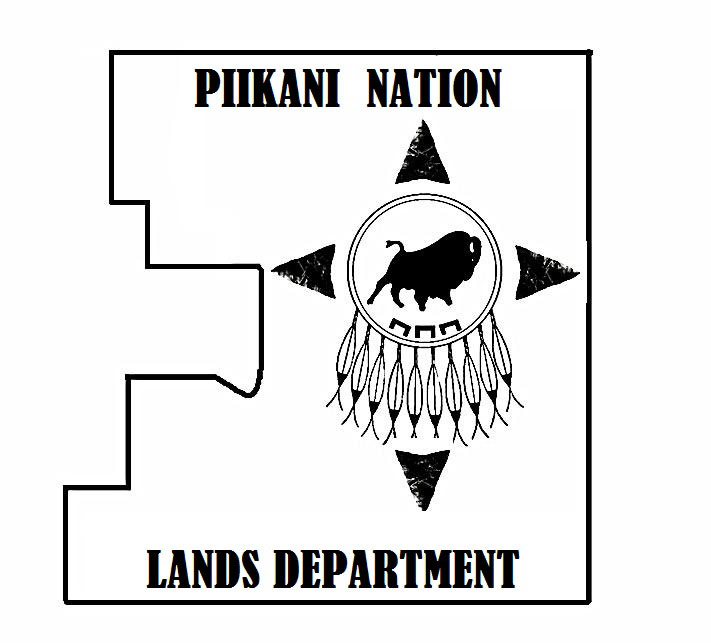Mandate
The Reserve Land and Environmental Management Program is focused on the Piikani Nation to become involved in a broader spectrum activities pursuant to the Indian Act. These include:
1. Community Land Use Planning
Integrating the goals of sustainability development, sound governance and economic viability and promotion of safe, healthy and secure environments.
2. Management of Reserve Lands and Natural Resources
Involves activities associated with transactions, and registration and approval processes for reserve lands registered in the Indian Land Registry, pursuant to sections of the Indian Act.
3. Environmental Management
Involves identifying and assessing the environmental implications of land use policies, addressing potential issues, and adopting sound environmental practices.
4. Compliance with Policy and Legislative Frameworks
Includes conforming to the regulations and enforceable provisions of the Indian Act, other federal legislation(s), along with applicable INAC policies.
These key functions are an integral part of land and environmental management on reserve and are interdependently linked. Effective land management provides the bases for virtually all activity on reserve, including effective programs in housing, infrastructure, environmental management, community health, educations, economic development and additions to reserve lands.
The Objectives of Piikani Lands Department and RLEMP
- Strengthen First Nation Governance and improve accountability to all activities and third parties that are on the Piikani Nation.
- Deliver an integrated training approach with skills development and institutional support – increase the skill level and development of Staff to ensure they understand legislation and Traditional Customs when working with Nation Members.
- Increase the involvement of First Nations in the full scope of land and environmental activities on reserve;
- Provide opportunities for alignment with First Nations Land Management (FNLM) Regime, treaty processes and self-government;
- Establish linkages between funding, scope of activities and results , as well as financial sustainability; and
- Increase the involvement of First Nations in the core functions of community land use planning, environmental and compliances management.
- Continue on-going training under the National Lands Management Program (NALMA) – Additions to Reserves, Matrimonial Real Property, Lands Use Planning and Key Importance – Environment/Traditional Knowledge
Agricultural Farmland
Agricultural Farmland
- Mainly located on the Southside of Oldman River
- Dark Rich Brown Soil
- Land Occupants receive payments twice a year in SPRING (April) and FALL (December)
- Total Acres of Farmland: 19,760 Current Registered Cultivated Acres
- Approximately 269 Nation Members with Occupational Rights & Utilization
Privileges to Agriculture farmland
Grazing Pastures
- Mainly located on Northside of Oldman River
- Gravel, Loamy Soil
- Land Occupants receive payments once a year in June or July
- Approximately 8,504.67 acres of rented pasture land to Non Nation Members
- Approximately 32 Nation Members with Occupational Rights Utilization Priviledges to Rented Grazing Pastureland.
Land Summary
- Total Land Summary 105,896 acres
- Timber Band Land Approximately 7,350 acres
- North Community Pasture Approximately 4,550 acres
- South Community Pasture Approximately 27,121.50 acres
